Museums, Czech Republic
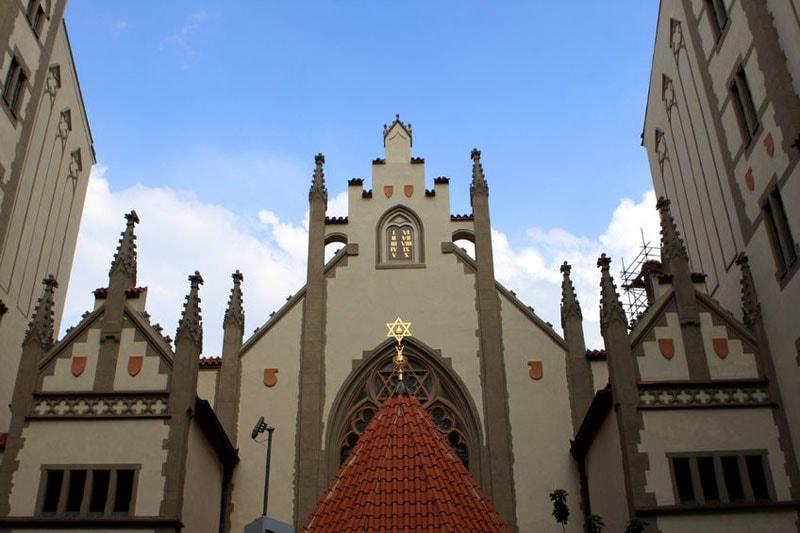
Removed from Unnamed collection
Prague's Jewish Quarter (Ghetto) 
Prague’s Jewish Quarter (“Židovské město” in Czech) is one of the most impressive places in the capital of the Czech Republic. Josefov, as the quarter is officially named, is at the same time beautiful and wrathful, due to its complicated history. It used to be the largest Jewish ghetto in Europe, and its Old Jewish Cemetery is the most remarkable of its kind on the continent.
Many cities used to have – or still have – the so called “Jewish quarters”, where the Jewish minority lived. Apart from Prague, we can for example name Jerusalem, Seville, or New York. Those quarters were quite often in the form of ghettos. The Jewish quarter of Prague, since 1992 listed as a UNESCO World Heritage site, is definitely one of the most significant ones and if you are visiting Prague, you should definitely see it. Not only as a reminder of a tragic part of the world’s history, but also for its undeniable beauty and charm. http://www.praguego.com/attractions/jewish-quarter/
Map
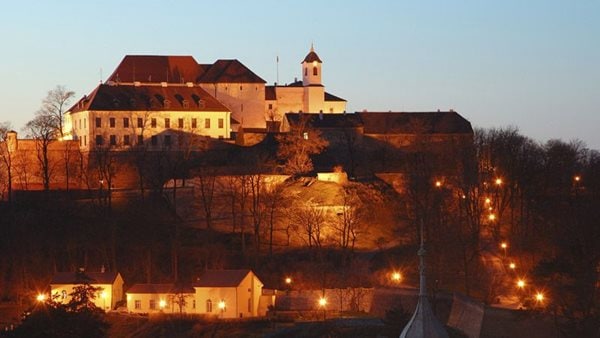
Removed from Unnamed collection
Spilberk Castle 
A prison shrouded in horrific legends, valuable historical collections, a beautiful view over the city and many cultural events held throughout the year – all of this is Špilberk Castle. One of the two most important dominant features of the Moravian capital and a place which became synonymous with the most horrific of dungeons throughout the whole of Europe is nowadays one of the most valuable monuments in Brno.
Špilberk’s importance and role changed fundamentally over the course of the centuries. This leading royal castle and seat of the Moravian margraves, gradually transformed into a monumental Baroque fortress, the toughest prison of the Austrian monarchy and later a military barracks. Nowadays it is home to Brno City Museum and one of the most important cultural centres in the city. http://www.czechtourism.com/c/spilberk-castle/
Map
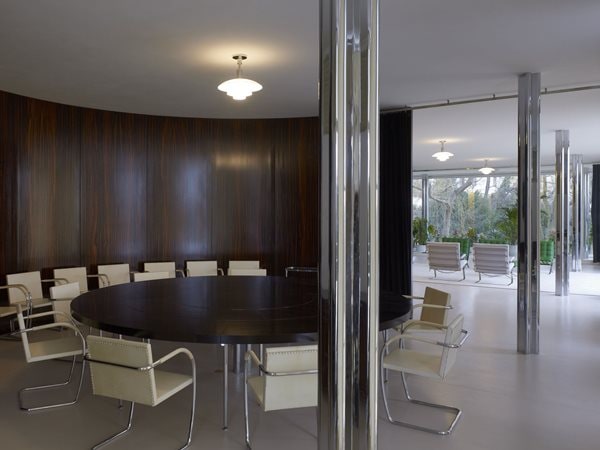
Removed from Unnamed collection
Villa Tugendhat 
Villa Tugendhat has borne witness to the birth of modern housing and also to the tragic fate of the people who lived there. This work by the famous German architect Mies van der Rohe is to this very day regarded as one of the four most important villas in the world. Thanks to its values, this gem of modern architecture has also been included in the UNESCO world heritage list. http://www.czechtourism.com/c/brno-unesco-tugendhat-villa/
Map
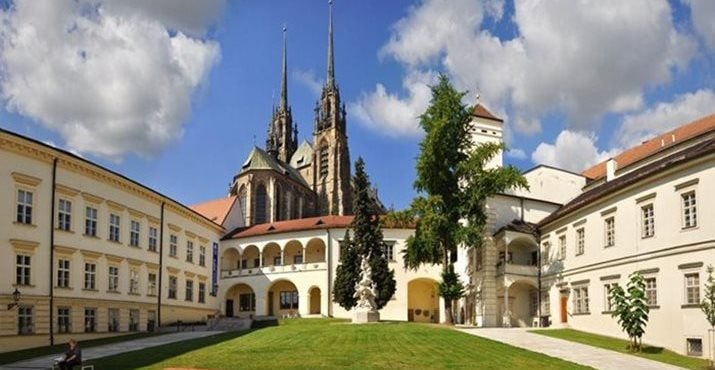
Removed from Unnamed collection
Moravian Museum 
The museum was created back in 1817 by means of an imperial decree by František I, and nowadays it contains over six million items. Take a closer look at prehistoric life in Pavilon Anthropos where you will see a life-size mammoth and all the things a prehistoric family had to face. http://www.czechtourism.com/c/brno-moravian-museum/
Map
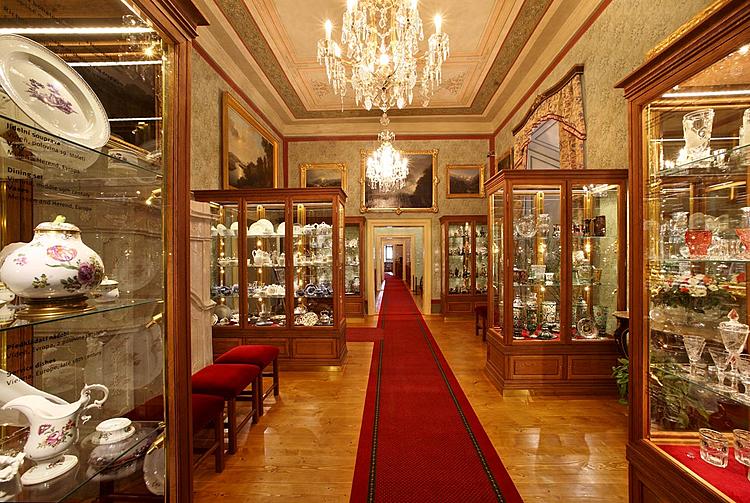
Removed from Unnamed collection
Castle Museum & Castle Tower 
The new Castle Museum exhibition was opened in 2011 by the National Heritage Institute. Museum visitors have a unique opportunity to peek into the secrets of the castle depositories relating to the most important events connected with the Rožmberk, Eggenberk and Schwarzenberg owners of the Krumlov estate. Entry to the Castle Museum exhibition is individual, without a guide but with the option to rent an audioguide. This rounded six-storied tower, surrounded by the residential palace of the Little Castle, is situated on a narrow rocky promontory towering above Latrán and the Vltava River between the Ist and IInd Courtyard of Český Krumlov Castle. The origins of this structure are partly Gothic and partly Renaissance, as is evident from the tower's external appearance. The tower as well as the Little Castle is a segment of a structure dating from the first half of the 13th century. Castle Tower The oldest part of it is the groundfloor and first floor. The origin of the second floor is around the 14th century, while the third floor is part of the Renaissance belfry. We can not eliminate the Gothic origin, however, due to the bell dated 1406. Under the architect Baldassare Maggi of Arogno, the castle was remodelled and converted from a plain Gothic palace into a Renaissance residence, and the tower was provided with an arcaded gallery at the top in 1581. In 1590 the tower was decorated with mural paintings and figural and architectural motifs by Bartoloměj Beránek - Jelínek. Castle Tower The Tower is the symbol of the town of Český Krumlov, of its history and beauty. It is "The towerest of all towers" as once characterised by Karel Čapek. The tower is publically accessible and offers a beautiful view over Krumlov and surroundings. https://www.zamek-ceskykrumlov.cz/en/visitors-information/tours/1077-castle-museum-and-castle-tower
Map

Removed from Unnamed collection
Museum of North Bohemia 
In 1895 the Board of Trustees of the Industrial Museum of North Bohemia chose the project of the Viennese architect Friedrich Ohmann for the construction of a new building. The construction took place between 1897-1898 and it was carried out by the Liberec company of Gustav and Ferdinand Miksch based on the realisation plans drawn up by the Berlin studio Griesbach & Dinklage. http://www.visitliberec.eu/en/kultura-a-zabava/muzea-a-galerie/?view=min&cat=kultura_a_zabava&detail=1206
Map

Removed from Unnamed collection
Olomouc castle 
You simply should not miss the Olomouc castle site situated on the Wenceslas Hill! Right here in 1306, the last Přemyslid, the Czech king Wenceslas III, was assassinated. You can admire the Bishop's Palace with its famous Romanesque windows, the gothic St. Wenceslas Cathedral, today the seat of the Archbishop of Olomouc, or the Archdiocesan Museum founded on the initiative of Pope John Paul II. http://tourism.olomouc.eu/sights/olomouc-castle/en
Map
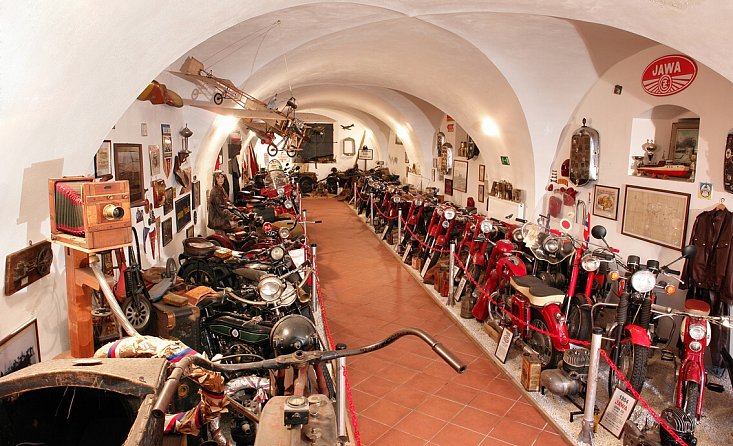
Removed from Unnamed collection
South Bohemian Motorcycle Museum 
Lovers of motorcycle history will certainly appreciate the opportunity to visit the Motorcycle Museum on the Piarist Square in České Budějovice. It is one of the largest publicly accessible collections of two-wheeled vehicles in the Czech Republic. https://www.jiznicechy.cz/turisticke-cile/161-jihoceske-motocyklove-muzeum
Map
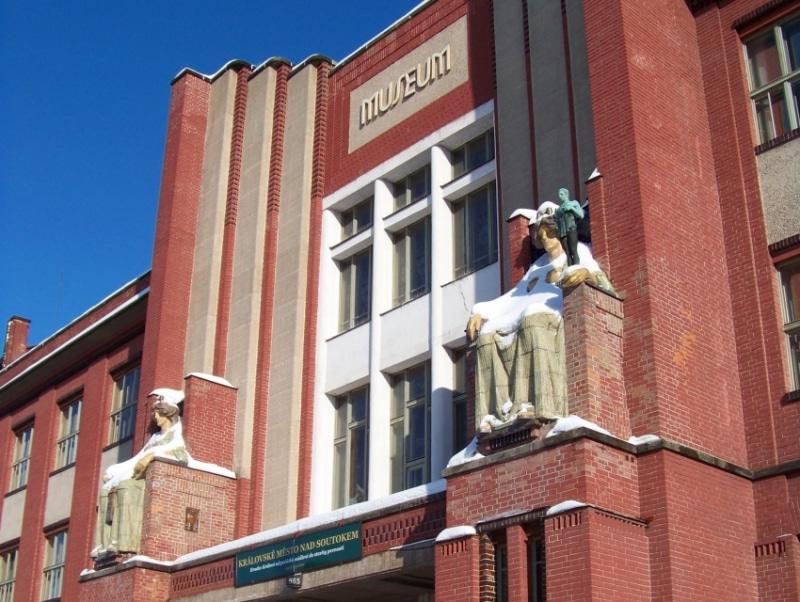
Removed from Unnamed collection
The East Bohemian Museum 
The East Bohemian Museum of Hradec Králové is considered to be one of the city's most important architectural landmarks, designed by the famous Czech architect, Jan Kotěra. https://eventseeker.com/venue/893250-east-bohemian-museum-hradec-kr%C3%A1lov%C3%A9
Map
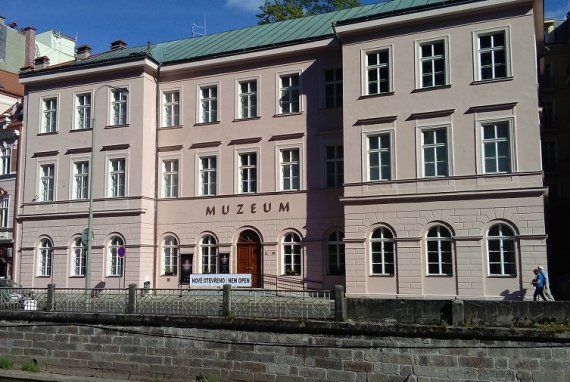
Removed from Unnamed collection
Karlovy Vary Museum 
The exhibits of Museum Karlovy Vary are spread over several villages in the region. The Karlovy Vary exhibits are located in two buildings. http://www.karlovy-vary.cz/en/about-karlovy-vary/karlovy-vary-museum
Map
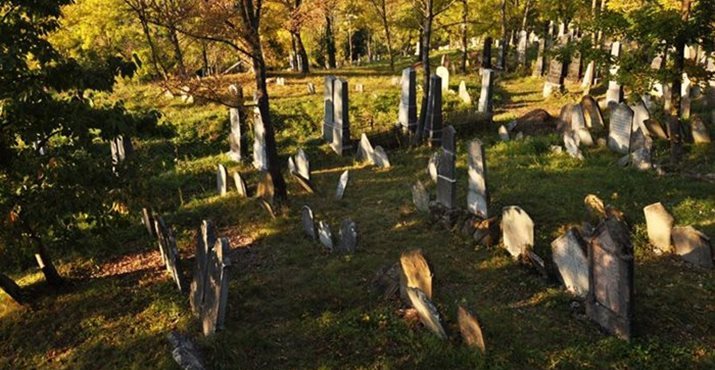
Removed from Unnamed collection
Museum of the Jewish Community 
In the footsteps of the Golem to the Jewish Museum in Mikulov. For centuries Mikulov was a major Jewish centre in Moravia. This means their heritage is still very much an on-going concern. Come and visit the local museum and reveal the turbulent fate of the Jewish population, one which produced Rabbi Löw, a figure enveloped in myths and legends. http://www.czechtourism.com/c/mikulov-jewish-museum/
Map

Removed from Unnamed collection
Comenius Museum 
The Museum of Jan Amos Comenius in Přerov is the oldest museum of its kind in the world. Located in a Renaissance chateau, it presents collections of minerals, reconstructions of school classrooms from the 17th century up to the 1950s and ethnographic exhibitions of the Haná region. https://www.strednimorava-tourism.cz/en/destination/muzeum-komenskeho
Map

Removed from Unnamed collection
Pribram Mining Museum 
The history of one of the biggest mining museums in Europe and also one of the oldest museums in the Czech Republic began in 1886 with the establishment of the Regional Museum in Příbram. http://middleczech.kr-stredocesky.cz/en/pribram-mining-museum/
Map
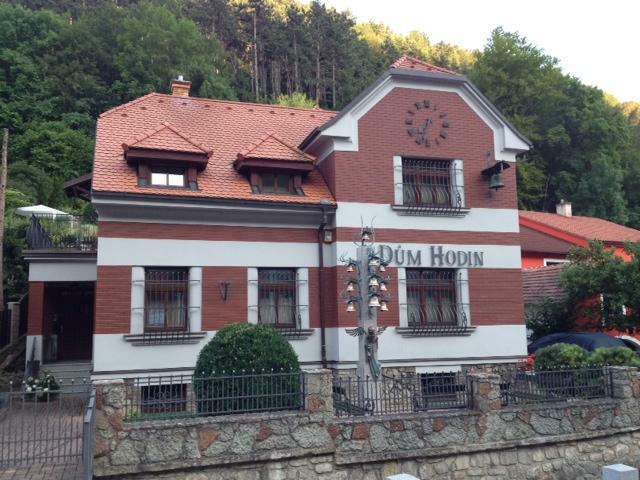
Removed from Unnamed collection
Clock Museum 
The collection of over 10,000 exhibits (currently the most comprehensive exhibition of clocks in our country) presents clocks from all over the world. The European "watchmaker" powers, which include England, France, Switzerland, Germany and Austria-Hungary, are the most represented. We will also find clocks from China, Japan and America in the sample.
You can see clocks and timing machines of all types and sizes, from pocket or wrist chronometers, through alarm clocks, table and wall clocks to so-called floor clocks and tower machines. You will see the works of important watchmakers and inventors as well as nameless watchmakers. You will get to know simple all-wood mechanisms, but also carillons, various so-called automatic machines and the most precise machines, which we call regulators. You will enjoy painted clocks from a country cottage, decorated from a burgher's household or from aristocratic residences. We will also show you a well-equipped ancient watchmaking workshop with various period machine tools, measuring instruments and work aids that used to be necessary in the production of any type of clock or watch. http://www.muzeumhodin.eu/cs/
Map

Removed from Unnamed collection
Museum of Nativity Scenes 
The Museum of Nativity Scenes is located on Karlštejn Square. On the ground floor of the building, you can see a quality collection of Czech historical nativity scenes carved from wood, complemented by nativity scenes from period rare materials such as wax, sugar or bread. The attraction for children is several mechanical nativity scenes, which run on their own.
Directly under the roof, the most spectacular building is hidden in the audience - the Karlštejn Royal Nativity Scene. It is the largest puppet nativity scene in the Czech Republic, covering 80 m 2. The several-meter scenery of Karlštejn Castle is equipped with 46 puppets carved from wood and dressed in period suits. Santa Claus brings gifts from the 10 most important Czech monarchs, led by Charles IV, who brings him gifts from Karlštejn Castle.
In the lowest part of the house, there are two floors of Baroque cellars, where a permanent exhibition on the history of viticulture in Karlštejn and the Sklep exhibition hall are installed. The mysterious figure of the White Lady attracts children's attention in the cellars, to whom a somewhat morbid story from the history of Karlštejn Castle relates. http://www.muzeumbetlemu.cz/
Map
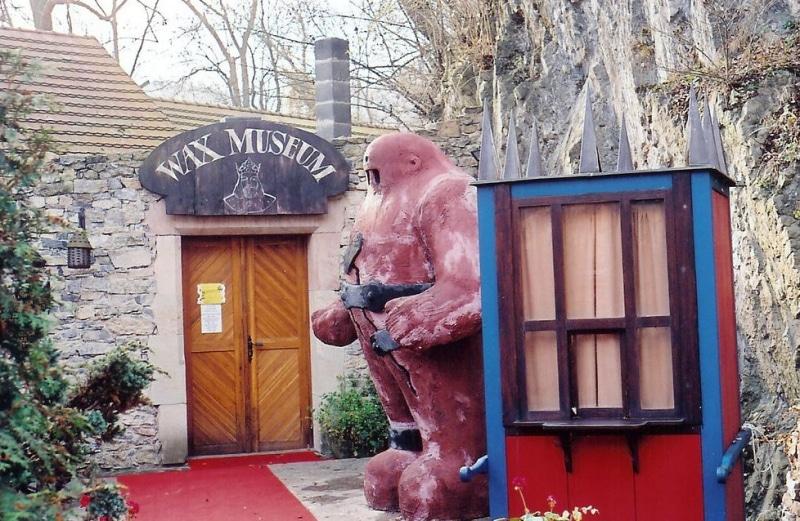
Removed from Unnamed collection
Wax Museum Karlstejn 
The tour begins with a giant kaleidoscope. Thanks to the rear projection and countless mirrors, the 70-meter-high imaginary sphere brings a unique spectacle. You will look into the lives of craftsmen, potters, armourers and the legendary rat. You will see the medieval prison with your own eyes, you will peek under the executioner's arm and you will envy the White Lady that she can disappear from these horrible places at any time.
On the contrary, the exposition full of well-being is the part dedicated to the founders of the castle and many other important monuments of Charles IV, who is cheered up by a traditionally dressed clown. Everything is watched indulgently by four of Charles's wives, including Elizabeth of Pomerania, who is said to have been able to break iron with her bare hands. You will discover the secrets of the alchemical court in the part where Rudolf II. oversees astronomer Tycho de Brahe, Yehuda Lowe works on a giant Golem and the legendary Sirael seduces poor men with a look. Then a newer time awaits you. Maria Theresa, Napoleon or Francis Joseph I will appear in front of you. In the final hall, you will meet Masaryk, Antonín Dvořák, Bedřich Smetana and Mother Tereza. http://www.waxmuseumprague.cz/wax-museum-karlstejn
Map

